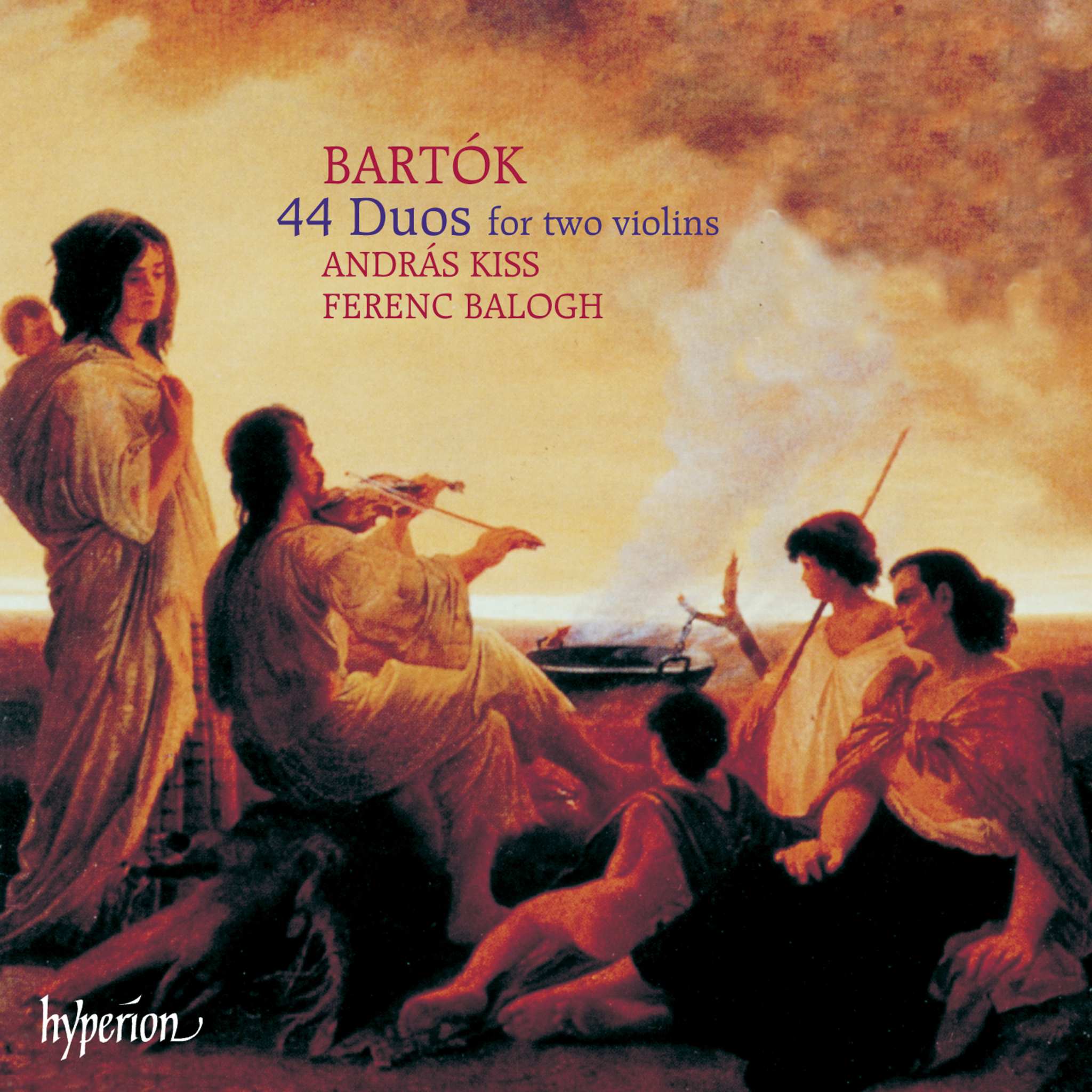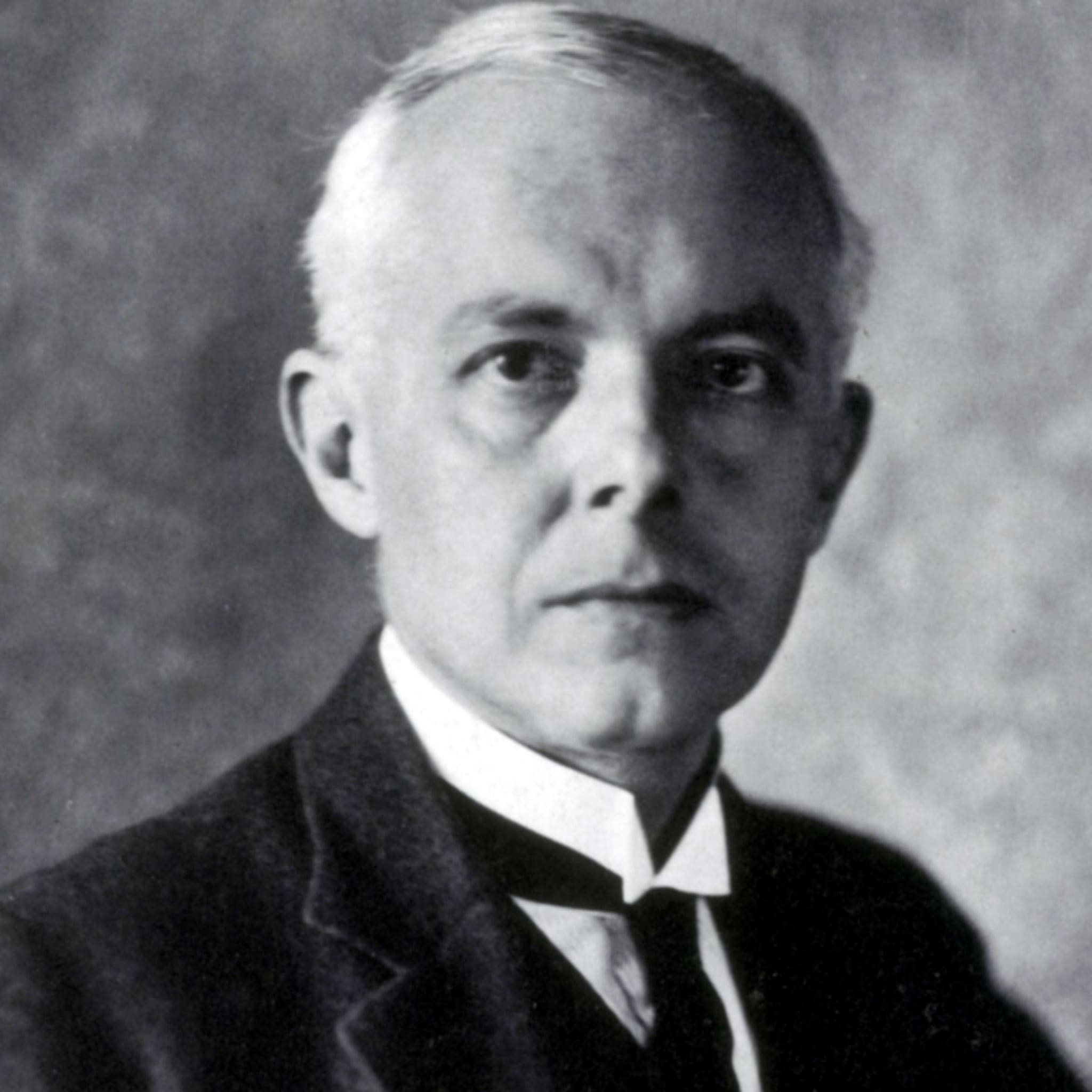Album insights
Obwohl Haydn nicht mehr als der 'Vater der Symphonie' betrachtet wird, bleibt sein Ruf als Begründer des Streichquartetts unangefochten. Er stieß zufällig auf diese Form und entwickelte sie von ihren bescheidenen Anfängen zu komplexen musikalischen Kompositionen. Nach seinen frühen Quartetten op. 1 und op. 2 folgte eine kreative Pause während seiner Anstellung beim Fürsten Nikolaus von Esterházy. Bei seiner Rückkehr zum Quartett erschuf er die bedeutenden Sammlungen op. 9, op. 17 und op. 20, die das Genre revolutionierten.
Die op. 9 Sammlung kennzeichnete Haydns Wandlung vom begabten Komponisten zum ernsthaften Meister. Diese Quartette zeigten eine tiefere Ernsthaftigkeit und überlegene thematische Entwicklung im Vergleich zu seinen früheren Werken. Durch die Quartette des op. 9 wuchs Haydns Ansehen in der europäischen Musiklandschaft erheblich. Das herausragende Violinspiel von Luigi Tomasini hatte einen entscheidenden Einfluss auf Haydns Kompositionen und bereicherte sie um eine neue Dimension.
Die Quartette des op. 9 zeichnen sich durch strukturelle Ausgereiftheit aus und präsentieren sich als symphonischere Werke in viersätziger Form. Mit klangvollen ersten Sätzen, kunstvollen Figurationen und einem demokratischen Zusammenspiel der Instrumente schuf Haydn eine neue Ebene im Quartettspiel. Jedes Werk dieser Sammlung bietet einzigartige musikalische Charakteristika, die Haydns reiches Klangspektrum und seine kompositorische Meisterschaft demonstrieren.
Haydns vielseitige und innovative Streichquartette des op. 9 beeindruckten seine Zeitgenossen nachhaltig und übten einen bedeutenden Einfluss auf die Entwicklung der Kammermusik aus. Jedes Werk dieser Sammlung offenbarte seine fortschreitende kreative Reife und sein Vermögen, das Streichquartett als ernsthafte Form des musikalischen Ausdrucks zu etablieren.
Die op. 9 Quartette bezeugen Haydns musikalisches Genie und seine Fähigkeit, das Streichquartett zu einer bedeutenden Kunstform zu erheben. Diese Kompositionen stellen einen Höhepunkt in Haydns Schaffen dar und festigen seinen Status als einer der wichtigsten Komponisten des 18. Jahrhunderts.


